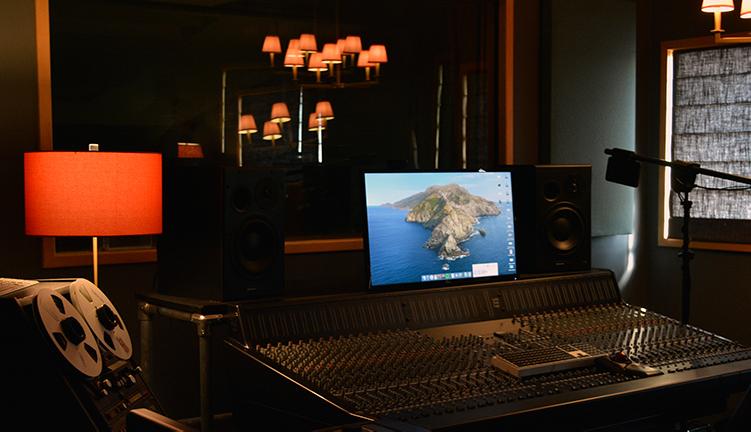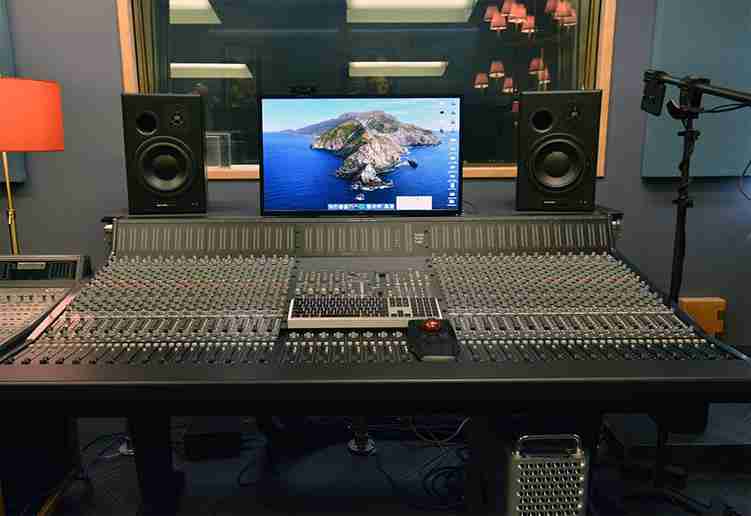
Pasadena, California — Over the summer, Los Angeles College of Music (LACM) renovated the Student Recording Studio at its campus in Pasadena, California and installed a new 32-channel Solid State Logic ORIGIN analog in-line mixing console, completing the project in time for the Fall 2020 semester. Once classes resume, the studio will be used by faculty member Andrew “Mudrock” Murdock, known for his work with Godsmack, Avenged Sevenfold and others, to teach students the fundamentals of audio engineering and production.
“At first, I was thinking we should buy something used,” says Murdock, who has been teaching LACM classes since 2011. “But Andre Knecht, Music Producing and Recording Department Head, said ‘Let’s look for something new. Did you know SSL is coming out with a console?’ He showed me the ORIGIN brochure and I said, looks good to me! It looks familiar; it’s got the classic SSL look. I didn’t even get to drive it until it was in my room. As soon as I did, I said, this feels like an SSL. And it sounds great.”
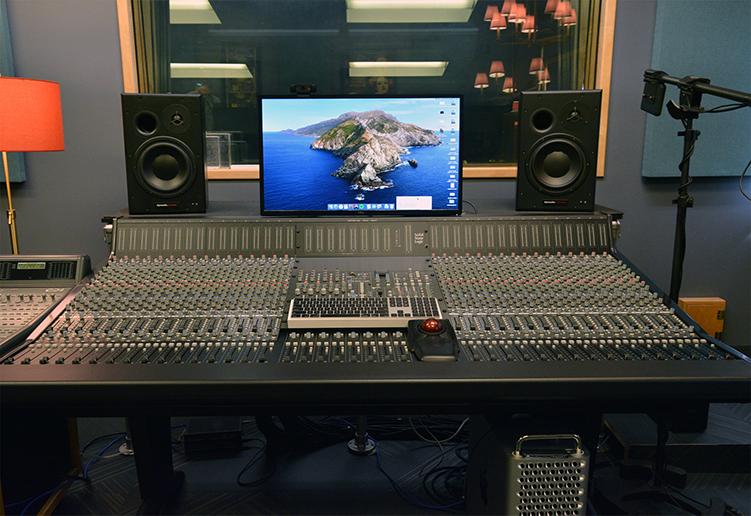
The ORIGIN console — which was acquired from Westlake Pro — has all the necessary features and functionality for teaching mixing console signal flow and routing, says Murdock. “The routing is really ingenious. It’s got 16 buses—which is plenty these days—that feed eight stereo subgroups, which you can treat as mono or stereo. Instead of having a routing switch for each subgroup, there’s a single Route button on each channel. You push the button, the light turns blue, then you push the button next to the subgroup master you want to assign it to. That works super well.”
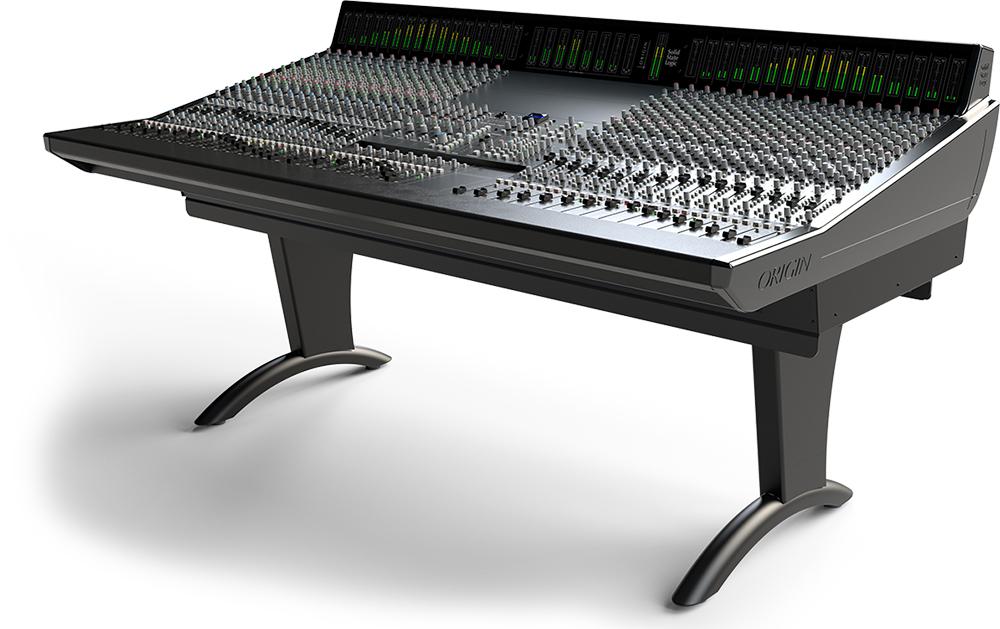
The in-line desk features three inputs—mic, line and monitor—on each channel, he continues, and offers flexible fader flip switching to assign various functions to the large or small faders, including the channel insert and direct output paths.
“You can also control all the cues and all the auxes individually. They’ve really thought about everything,”
Installation and setup of the desk went smoothly, he also reports. “The way that they’ve designed it to interface with a D-sub patchbay is really intuitive. And it comes together really well. I set it up the way they suggested in the manual and as soon as I started playing with it, I said, okay, it’s an SSL!”
Murdock has a long history with SSL, having mixed numerous records on the manufacturer’s consoles at Los Angeles area facilities such as NRG Recording, Larrabee and Track Record Studios. His discography includes engineering and production credits for his work with Alice Cooper, Powerman 5000 and The Riverboat Gamblers.
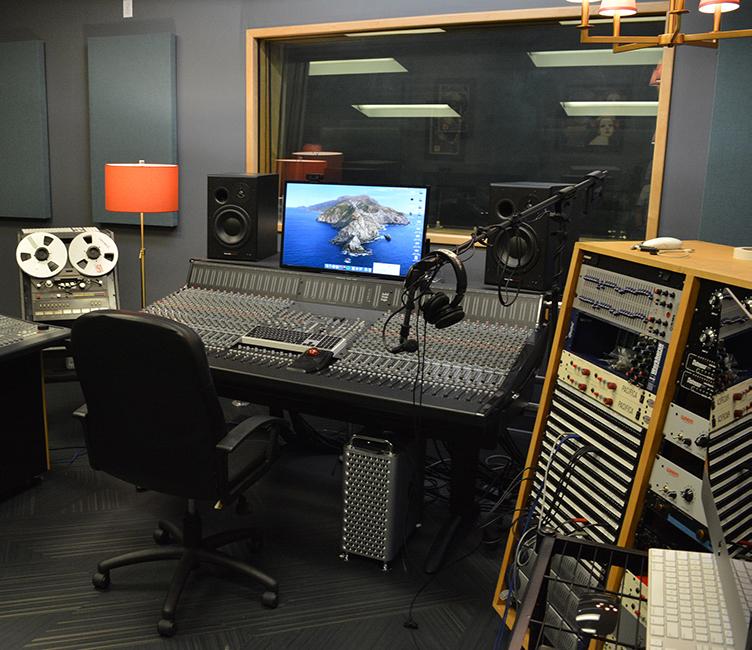
“I know that in the high-end professional marketplace SSL has a major market share. So if I’m going to teach my students how to drive a console, it’s going to be an SSL,”
The newly renovated Student Recording Studio at LACM is equipped with a variety of outboard analog processing and effects gear. The control room was already outfitted with a pair of Dynaudio BM15 nearfield monitors and other items, but the school acquired some new pieces during the studio refurbishment. “We already had a pair of Distressors and A-Designs Pacifica mic preamps. We bought some Warm Audio compressors and a Klark Teknik stereo graphic equalizer,” he says. “And I sold the school one of my Lexicon PCM70s, which is an amazing reverb, and a stereo Yamaha delay.”
Murdock also maintains his own music production facility, The Hobby Shop, which he opened 17 years ago just in time to record Avenged Sevenfold’s platinum-selling City of Evil album. He co-owns the studio, which is located just a few miles from LACM in the Highland Park district, with musician, composer and producer Scott Gilman.
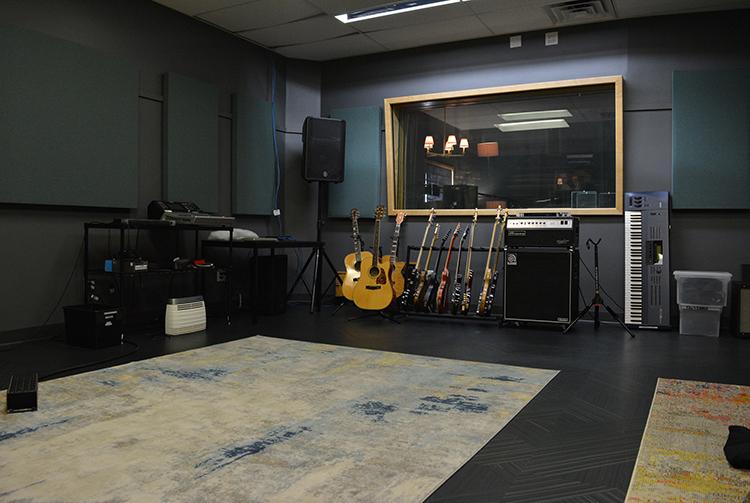
The main studio at LACM, where Knecht teaches, offers a fully digital signal flow, so an analog room is necessary to help prepare the school’s students for anything they will encounter in their subsequent careers. “I’m not an analog snob. I’m also firmly a Pro Tools guy; I’ve been making records on Pro Tools for 22 years,” says Murdock. “But we need to teach students the analog basics. It’s not like mixers are going away. And learning good signal flow in the analog domain also translates to good habits in-the-box.
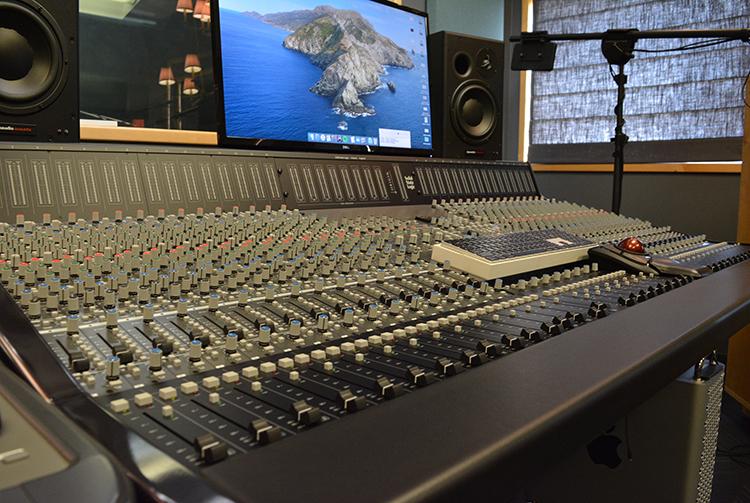
Plus, he says, it’s a joy to watch students getting to work in the analog domain. “In the Engineering for Producers 2 class I teach the students how to engineer and record projects onto 8-track tape on an old Tascam 38.
“You should see the excitement in their eyes when they mic up a whole drumkit and record it onto one track and it sounds huge.”
While the all-analog SSL ORIGIN is the centerpiece of the revamped studio, Murdock also teaches elements of digital signal flow. “We have Radial splitters in there, because I have a digital mixer in the tracking room. There are times when we have an ensemble in the tracking room and we need to provide PA support in there, so I’m teaching that kind of signal flow as well. And we’re about to buy a digital snake, because there’s a performance hall in the other building. We’re going to try and send that audio to my room and start recording people’s final recitals.”
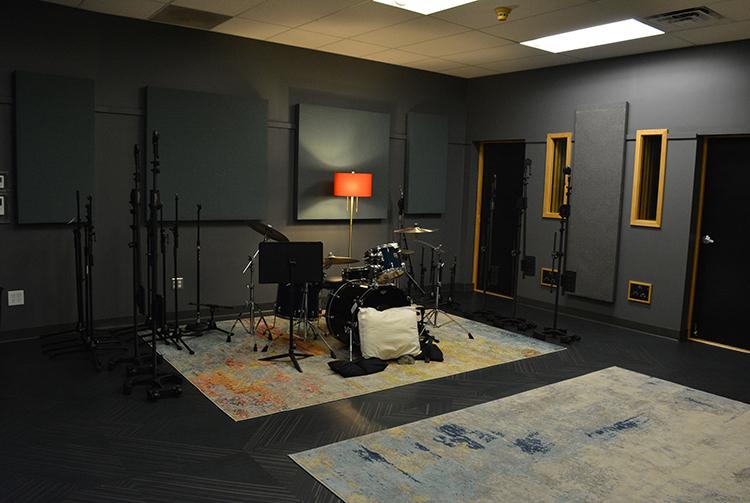
Murdock says that he has limited his class size to about eight students. “I want everybody to have a chance in the driver’s seat,” he says. “I can’t wait to have kids driving the ORIGIN, because it’s a perfect teaching tool. If you can drive this, you can drive any mixer.”
Los Angeles College of Music, a private, for-profit music school, was founded in 1996. Faculty members are typically currently working in the music industry and over the years have included professionals such as Wayne Bergeron, Joe Porcaro, Frank Gambale, Alphonso Johnson, Tim “Ripper” Owens and Art Alexakis. LACM graduates have gone on to work with a who’s who of artists that includes Paul Anka, Ricky Martin, Chick Corea, Jeff Beck, Natasha Bedingfield, the Black Eyed Peas and others.
